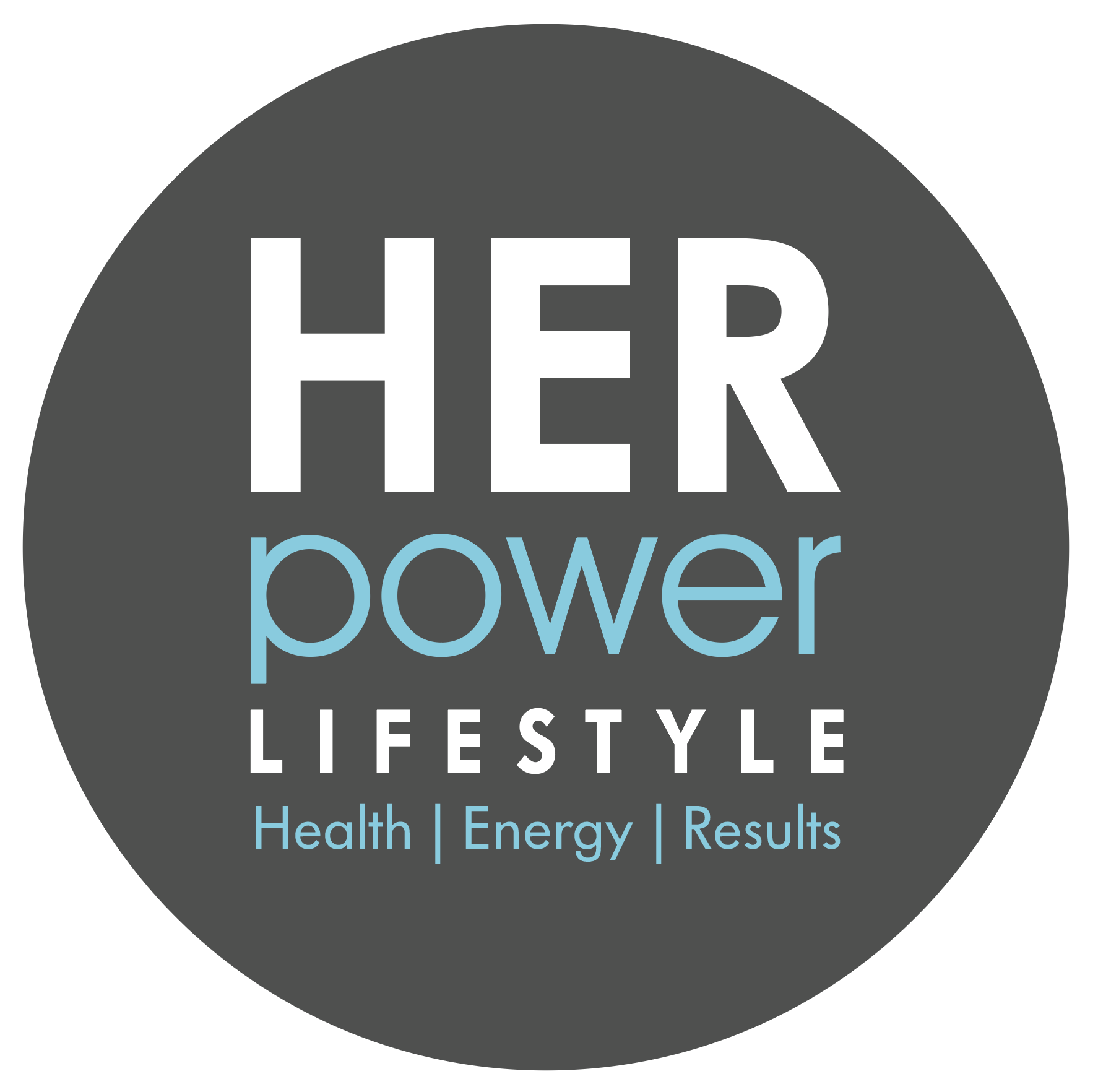Keep On Rolling!
If you’re a gym goer, you have probably seen people using foam rollers or at least wonder what heck are those human rolling pins are for.
An important part of working out is recovery and foam rolling is a great way to help your body recover.
It decreases the chance of injury and improves performance by increasing flexibility.
So what exactly does rolling do? It is a form of Myofascial Release or MFR.
MFR is an alternative therapy technique used by therapists to relax contracted muscles by applying a dragging force across layers of soft tissue or fascia. Massaging away fascia build-up can increase muscle mobility, reduce pain and increase blood flow to the muscles. Increased mobility helps with performance and recovery.
A foam roller is basically a way for a person to perform Self Myofascial Release.
It is also a great way to reduce that tight, sore feeling after a hard workout.
You know that feeling the next day where everything hurts??
So, what should you roll?
Calves, quadriceps, and hamstrings tend to be in a shortened position and can affect functionality and create stress in other areas such as the ankle, hips or lower back.
Another area is the lats (upper back muscles). Our upper back or thoracic spine is an area where many people lack mobility due to posture issues from daily life such as sitting at a desk or looking down at our phones.
One important thing that I learned is to avoid rolling your IT band (as tempting as it may be). The IT band is tight for many people but cannot be released by manual techniques as it is a strong connective tissue. You risk causing more harm than good. Instead, try rolling the areas that attach to the IT band such as the gluteus maximus.
Ideally, you should foam roll as part of your warm-up for 5-20 minutes and don’t rush. Try to spend approximately 30 seconds on each muscle group so you give the tissue time to release.
You may find it painful if you are hitting an area that is tight or sore.
Rolling pre-workout will help get the blood flowing to your muscle groups before you begin. Rolling done after a workout can help muscle recovery and healing by flushing out blood that has pooled in muscles.
Get rolling and you’ll love the benefits and if anything, enjoy it as an inexpensive de-stressing massage! Win! Win!
